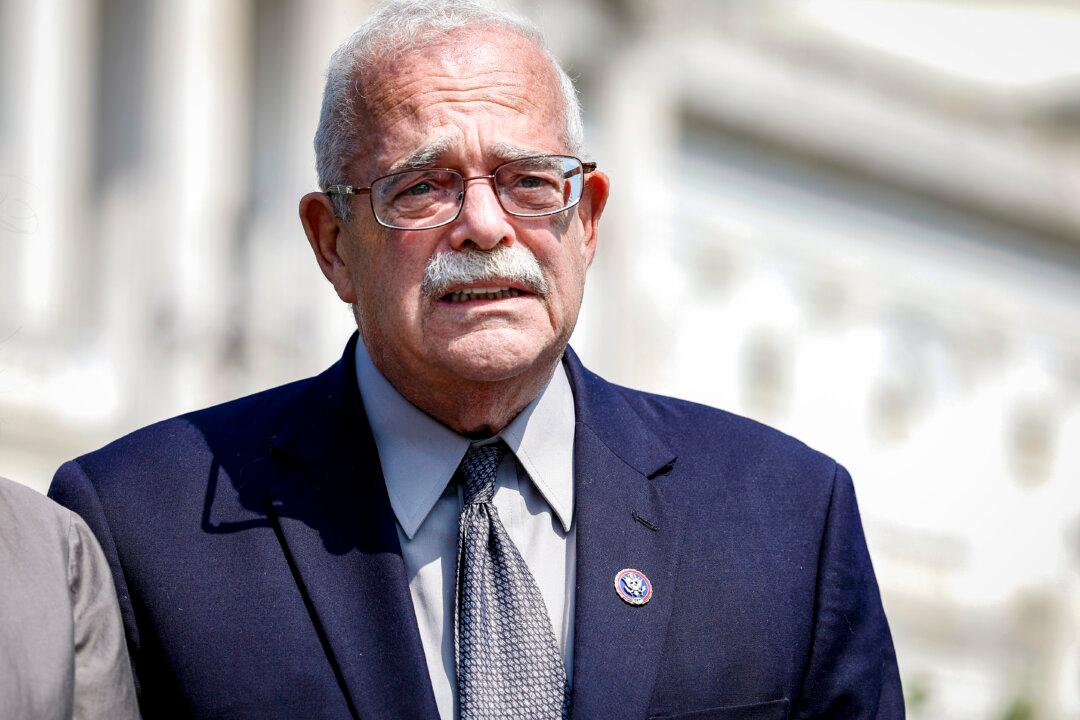Most federal agencies are using less than 25 percent of their headquarters space, according to a new U.S. Government Accountability Office (GAO) report.
Testifying before members of the House Transportation and Infrastructure Committee on July 13, GAO Acting Director of Physical Infrastructure David Marroni said an assessment was conducted earlier this year to determine how much office space federal agencies really need.





